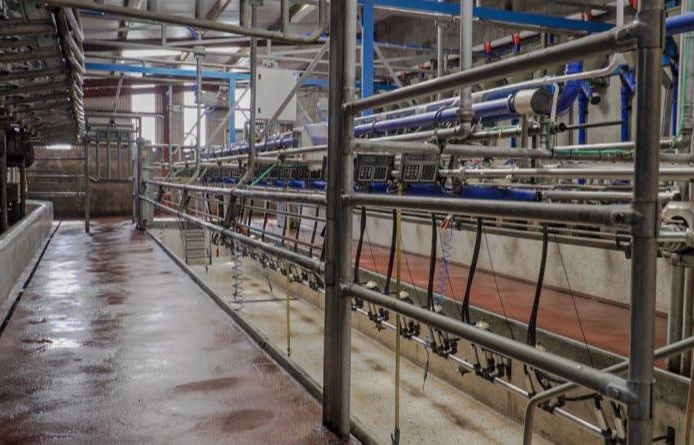Milk liners are the only part of the milking machine that comes into direct contact with the cow twice-a-day, seven days per week, for the whole milking season; so their condition is critical for mastitis control and an efficient milking process.
Over time the milk liners lose their elasticity and can become damaged. This loss in elasticity can be due to fat absorption, stiffening due to milk stone accumulation, along with rubber denaturing – due to the action of dairy detergents.
The interior of the liner can also become rough; so it can be more difficult to clean and disinfect and can then harbor pathogens – increasing the potential of cross-contamination between cows.
Furthermore, the deterioration in the milk liners is sufficient to reduce the speed and completeness of milking – as once they lose their elasticity they can become oval in shape.
The milk liner then takes longer to open and does not close fully around the teat – lengthening the time needed to milk.
This has a knock-on effect on milk yield as the cows are under-milked. This can also cause teat-end damage and mastitis.
Milk liners have a limited lifespan, Teagasc recommends changing milk liners after approximately 2,000 milkings.
However, the condition of the liners should also be checked in between changes for deterioration, such as cracking or roughness.
To work out exactly when you should change your liners, simply complete the following calculation.
2000 X Number of Milking units Devided by Herd size X Number of Milkings per day = Number of days in between Milk Liner changes
Many herds have increased cow numbers while the parlour size has not. This effectively means more cows are being milked through the same number of liners as before; so liners will have to be changed more frequently than in the past.
Although changing liners can be expensive it will more than pay for itself in the long run if it means your cows are going to be milked fully and the incidences of mastitis are less.






